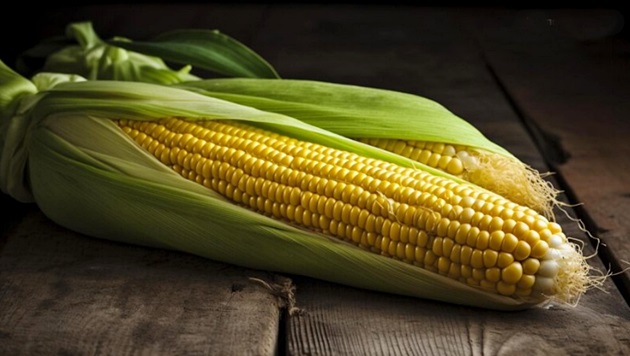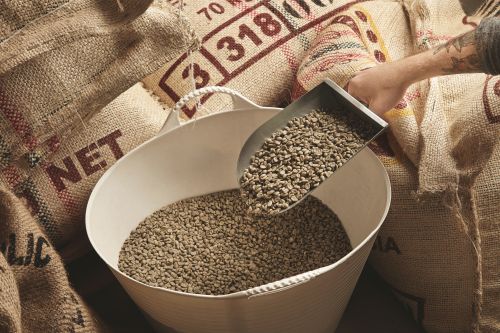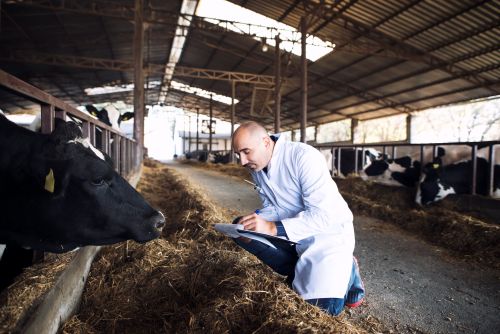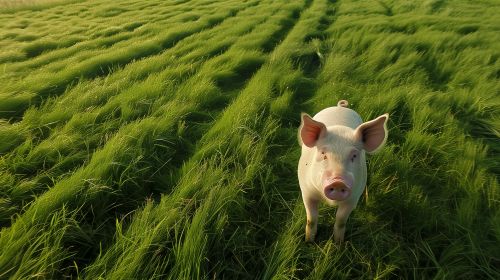
Initial Preparation of Land for a New Agricultural Crop: Recommendations for Corn Cultivation
When establishing a new agricultural crop—especially cereals or, in this case, corn—specific actions must be taken to ensure the long-term success of the crop.
One of the essential actions is the initial land preparation, which should be carried out before transplanting the plant material. Below are the recommendations provided by specialists Philippe Klaind and Said Dare, as outlined in the FAO Production Support Programme manual.
Creating Optimal Conditions
The goal of land preparation is to provide the necessary soil conditions for achieving high yields. Given the nature of this activity, the long-term sustainability of the crop is a key focus.
At the same time, land preparation should allow the farmer to plan and structure the implementation process in advance, helping to ensure the successful establishment of the crop.
Planning is part of the initial preparation and helps reduce unnecessary delays during the implementation phase. Critical factors to consider include:
- Availability and quality of irrigation water;
- Field selection;
- Mechanical actions to be performed;
- Soil improvement needs prior to sowing;
- Tools and equipment needed for cultivation;
- Labour requirements;
- Design and installation of the irrigation system;
- Financial requirements;
- Work calendar.
Field Selection
The selected plot for establishing the crop can significantly impact land preparation costs and should support the crop’s long-term development. Therefore, identifying critical zones is crucial when selecting land for a new corn plantation. Key risk points include:
Water Availability
Corn requires a considerable amount of water to ensure sustainable growth. Critical irrigation-related factors are:
- Sustainability of the water source;
- Quantity of water available for irrigation;
- Distance from the water source;
- Water quality.
Soil Depth
Corn plants grow tall and heavy, especially during ear maturation. Therefore, corn requires sufficient root development space for support. In addition to root development, soil depth also affects drainage capacity. Any obstructive layers must be assessed to determine whether they affect root growth and whether they can be corrected.
Soil Quality
Depending on the variety, corn can grow in hot arid or semi-arid regions, adapting to both clayey and semi-clayey soils.
Soil quality is closely related to drainage capacity, particularly in salty soils or where irrigation water contains high salt levels. Sandy soils are common in some agricultural regions, while clayey soils with natural drainage are rare.
Optimal soil conditions are found where water can penetrate at least 2 meters deep. When evaluating soil quality, consider:
- Soil texture, which influences water retention capacity;
- Nutrient content, to determine what corrective measures are needed.
Soil Salinity and Acidity
Corn growth is negatively affected by saline or alkaline soils, which reduce yield potential. These soils are characterized by high concentrations of soluble salts or exchangeable sodium.
- Saline soils have electrical conductivity (EC) of the saturated paste extract > 4 mmhos/cm at 25°C, sodium absorption ratio < 15, and pH < 8.5. They often show a white crust on the surface due to salt accumulation, which hinders plant growth.
- Alkaline soils have EC < 4 mmhos/cm, sodium absorption ratio > 15, and pH > 8.5. They contain harmful levels of hydroxyl group alkalis (especially NaOH), leading to low calcium and nitrogen levels.
Saline or alkaline soils are typically caused by:
- A rising water table due to drought and evaporation;
- Use of high-salinity irrigation water;
- Poor drainage systems.
In hot, dry climates with high evaporation, salts from irrigation water accumulate on the soil surface, harming crops.
Corn is moderately salt-tolerant, growing well in soils with up to 1.2% soluble salts. However, yield decreases significantly when salt concentration exceeds 3%.
- Irrigation water with a salinity of up to 1.2 mmhos/cm can be used without yield loss, provided leaching is ensured (minimum 7%).
- A 10% yield reduction occurs with irrigation water salinity of 5.3 mmhos/cm and a leaching requirement of 11%.
Irrigation System Installation
The type of irrigation system used will depend on water availability, topography, and soil type. Once the initial land preparation is complete, the irrigation system should be installed according to the prescribed design.
Soil Improvement Measures
Soil improvement programs depend on the farmer and may be integrated with the initial land preparation steps. When new land is used—outside of rotation systems—the focus will likely be on:
- Adding organic matter;
- Eliminating salinity issues.
Organic Matter
Most soils are low in organic matter, which plays a key role in soil fertility. Benefits of increasing humus content include:
- Improved soil aggregation, enhancing root respiration;
- Increased water infiltration rate;
- Greater water-holding capacity;
- Reduced compaction and surface crusting;
- Mitigation of alkalinity effects and improved salt drainage.
Salinity Management
To recover salt-affected soils, consider:
- Type of salinity/alkalinity;
- Soil drainage potential;
- Salt sources;
- Irrigation water quality;
- Salt leaching capabilities.
If runoff water from higher land is the salt source, cut-off channels can help eliminate it. Poor drainage often accompanies salinity problems, so improving drainage is a priority before implementing any leaching program.
Soil cover and organic matter improve water infiltration and hence salt drainage (excluding soils with obstructive layers).
In saline soils (salts in the form of chlorides, sulfates, or carbonates of Ca, Na, Mg), leaching alone may suffice. In alkaline or saline-alkaline soils, sodium must be replaced using gypsum or acidifying agents like sulfur, followed by proper leaching.
If irrigation water is poor in quality, proper drainage and leaching are essential.
Seedbed Preparation
Ploughing is among the final steps before sowing but should not be considered the last phase of preparation.
At this stage, amendments like gypsum and organic matter are worked into the soil. Watering afterward helps leach salts and supports the decomposition of organic material. Further irrigation assists in soil leveling.
In most soils, early and rapid plant growth is better ensured when land is prepared one to two months before sowing.
Well-rotted manure can be used shortly before sowing, but care must be taken to apply manure and fertilizers correctly.
Photo: Freepik




